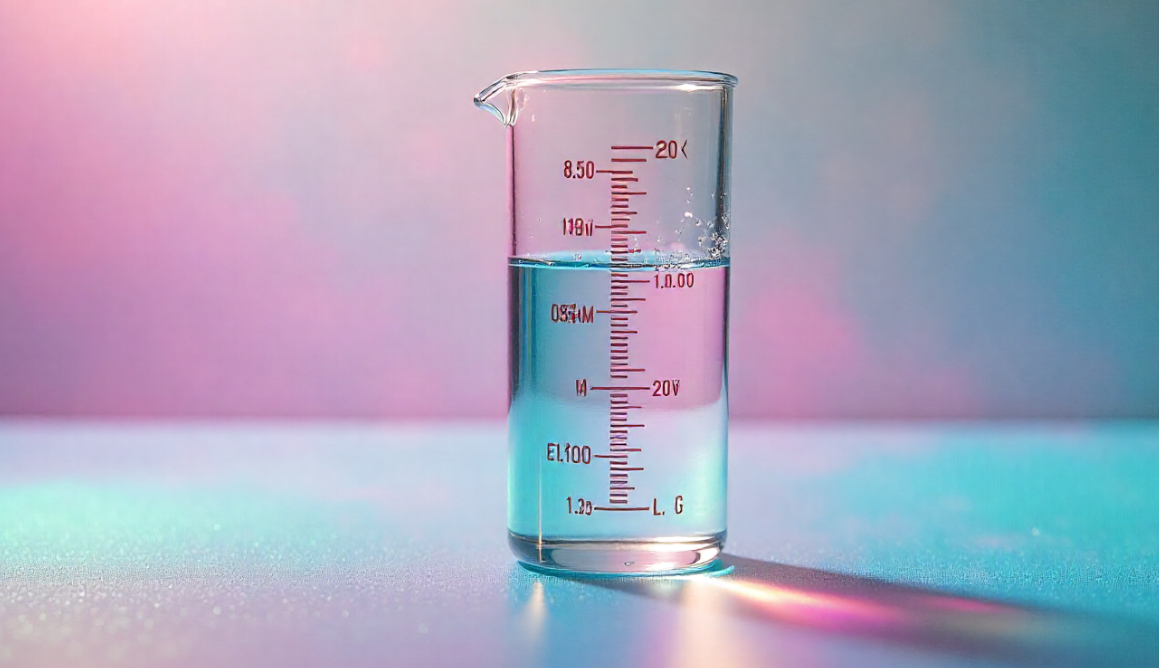Exploring Lidarmos: A Technological Revolution in Mapping and Sensing

In today’s era of digital transformation and intelligent systems, technologies that enhance spatial awareness and environmental sensing are becoming increasingly vital. Among these innovations, Lidarmos has emerged as a powerful solution that bridges the gap between physical spaces and digital intelligence. From smart cities and autonomous vehicles to agriculture and environmental monitoring, Lidarmos is being recognized as a groundbreaking tool in gathering, processing, and utilizing spatial data.
While many people are familiar with LiDAR (Light Detection and Ranging) as a concept, Lidarmos takes this technology to the next level by integrating software intelligence, cloud connectivity, and real-time analytics into one cohesive platform. In this comprehensive article, we will dive deep into what Lidarmos is, how it works, its major features, practical applications, and the ways it is reshaping industries around the world.
What Is Lidarmos?
Lidarmos is a next-generation LiDAR-based system or service designed for high-efficiency scanning, mapping, and spatial analysis. It combines advanced hardware with cutting-edge software to deliver faster, more accurate, and more actionable data about environments. Lidarmos can be installed on drones, vehicles, handheld devices, or fixed platforms and is capable of collecting millions of data points in seconds.
Unlike traditional LiDAR systems, which often require complex setups and specialized expertise, Lidarmos emphasizes ease of use, scalability, and integration with cloud and AI technologies. This makes it a more flexible and modern solution, suitable for industries that rely on real-time environmental data.
How Lidarmos Works
Lidarmos operates on the principle of laser scanning. It emits short pulses of laser light toward a target surface. These light waves hit objects and bounce back to the sensor. By calculating the time it takes for the light to return, Lidarmos determines the distance between the sensor and the object with extraordinary precision.
In addition to distance, Lidarmos can capture details such as shape, elevation, texture, and even movement. The data collected is then processed by built-in software that renders 3D models, maps, or analytical insights, depending on the use case. Some systems even integrate machine learning algorithms that allow Lidarmos to classify objects, detect changes over time, and learn from data inputs.
Key Features of Lidarmos
High-Resolution Mapping
One of the core strengths of Lidarmos is its ability to create high-resolution, three-dimensional maps. These maps can be used for urban planning, land development, forest monitoring, or any project that requires detailed topographical information.
Real-Time Data Analytics
Lidarmos is designed to provide instant feedback and real-time data visualization. Whether deployed on a drone for aerial surveying or on a vehicle for autonomous navigation, the system delivers immediate results, allowing for faster decision-making and on-the-fly adjustments.
AI-Enhanced Detection
Many Lidarmos systems integrate AI to improve object recognition, motion tracking, and predictive analytics. This makes the platform not just a passive sensor but an intelligent observer capable of interpreting its surroundings.
Lightweight and Mobile
Compared to legacy systems, Lidarmos devices are lightweight and compact. This allows them to be mounted on drones, robotic arms, or even handheld scanners. Portability means it can be used in tight, complex, or remote environments.
Cloud-Enabled Workflow
Lidarmos supports cloud synchronization, enabling teams to store, analyze, and collaborate on data across locations. This is especially useful in industries where multiple departments or agencies need access to the same datasets.
Applications of Lidarmos
Autonomous Vehicles
In the realm of self-driving technology, Lidarmos provides crucial data that helps vehicles “see” their environment. It detects objects, identifies road features, monitors traffic movement, and guides the vehicle through complex terrains. Its precision and responsiveness make it an essential component of autonomous navigation systems.
Urban Planning and Construction
Architects, engineers, and city planners use Lidarmos to create detailed 3D models of urban environments. It helps in planning infrastructure projects, conducting site surveys, and monitoring construction progress. It also plays a role in ensuring safety compliance by identifying structural issues early.
Agriculture and Precision Farming
Modern agriculture is increasingly data-driven, and Lidarmos contributes significantly to this transformation. It helps monitor crop health, assess field conditions, and manage resources like water and fertilizer. With drones equipped with Lidarmos, farmers can scan entire fields quickly and efficiently.
Environmental Monitoring
Lidarmos is valuable in tracking changes in ecosystems, forests, rivers, and coastlines. It allows researchers to measure erosion, deforestation, and water levels with unmatched accuracy. This data is vital for climate research, disaster management, and conservation efforts.
Mining and Resource Extraction
In the mining industry, Lidarmos is used to map mineral deposits, monitor excavation sites, and ensure worker safety. It provides clear visualizations of underground and surface conditions, reducing risks and increasing efficiency.
Archaeology and Cultural Preservation
Archaeologists are increasingly using Lidarmos to explore ancient sites without disturbing them. The technology can reveal hidden structures beneath vegetation or soil, preserving historical sites while uncovering invaluable information.
Search and Rescue Missions
Lidarmos is proving useful in emergency response scenarios. During natural disasters like earthquakes or floods, Lidarmos-equipped drones can quickly scan affected areas to locate survivors, assess damage, and assist in rescue planning.
Advantages of Using Lidarmos
Accuracy and Reliability
Lidarmos offers centimeter-level accuracy, making it far superior to traditional measurement tools. Its consistency and reliability are critical in professional and safety-sensitive environments.
Speed and Efficiency
With the ability to collect and process massive amounts of data in real time, Lidarmos saves time on fieldwork, mapping, and analysis. This allows professionals to complete complex tasks in hours instead of days.
Versatility Across Industries
From agriculture and construction to defense and healthcare, the flexibility of Lidarmos makes it suitable for a wide array of applications. Its modular design and software adaptability mean it can be customized for virtually any use.
Cost-Effective Solution
Although advanced, Lidarmos technology is increasingly affordable due to miniaturization and the use of open-source software. This opens the door for smaller organizations and startups to take advantage of high-quality spatial data.
Environmental Sustainability
By enabling better land and resource management, Lidarmos contributes to sustainability goals. It helps minimize waste, improve efficiency, and reduce the ecological impact of large-scale projects.
The Future of Lidarmos
The evolution of Lidarmos is closely tied to advancements in AI, robotics, and wireless communication technologies. As 5G becomes more widespread, Lidarmos systems will benefit from faster data transfer and lower latency, enabling more complex real-time applications.
We can also expect Lidarmos to be integrated into wearable technology, smartphones, and home automation systems. The miniaturization of sensors and growth of edge computing means that even personal devices could benefit from high-level spatial awareness in the near future.
Moreover, global adoption is expected to rise as regulatory bodies and international agencies start to standardize and promote the use of technologies like Lidarmos for urban development, disaster preparedness, and environmental protection.
Read also: Epson XP-445 Driver Download EpsonDriverCenter.com – Your Ultimate Setup Guide
Conclusion
Lidarmos is more than just a technological innovation—it is a powerful enabler of smarter, safer, and more connected systems. Whether enhancing the capabilities of autonomous vehicles, optimizing resource use in agriculture, or preserving our natural environment, Lidarmos stands at the forefront of spatial intelligence.
As its applications expand and technology advances, Lidarmos will continue to play a crucial role in shaping the future of how we interact with the physical world. Its ability to collect, analyze, and interpret data with speed and accuracy makes it an essential tool for professionals, researchers, and innovators alike. Embracing Lidarmos means stepping into a future where data-driven insights and intelligent sensing transform every corner of our daily lives.













Post Comment